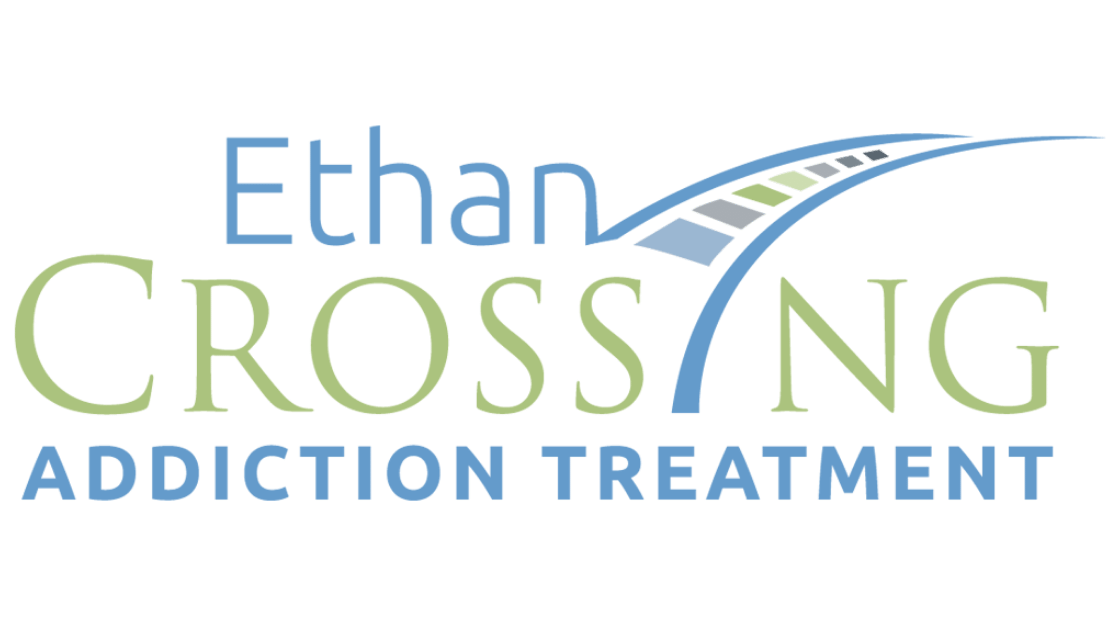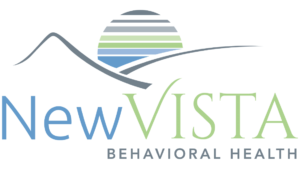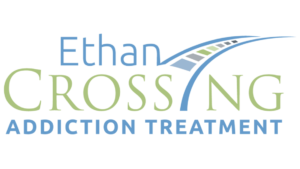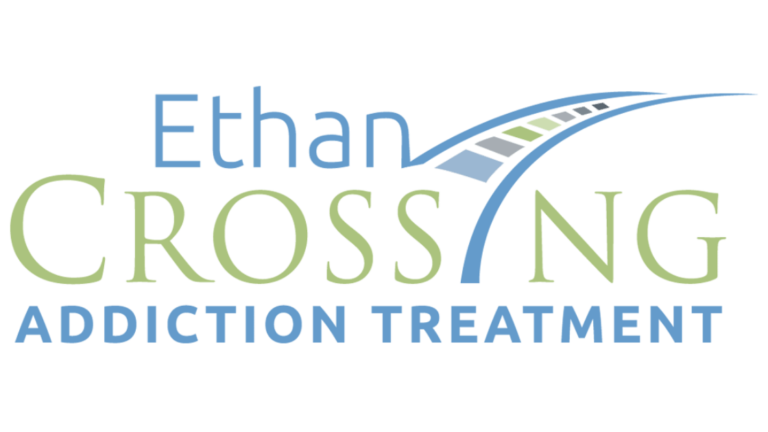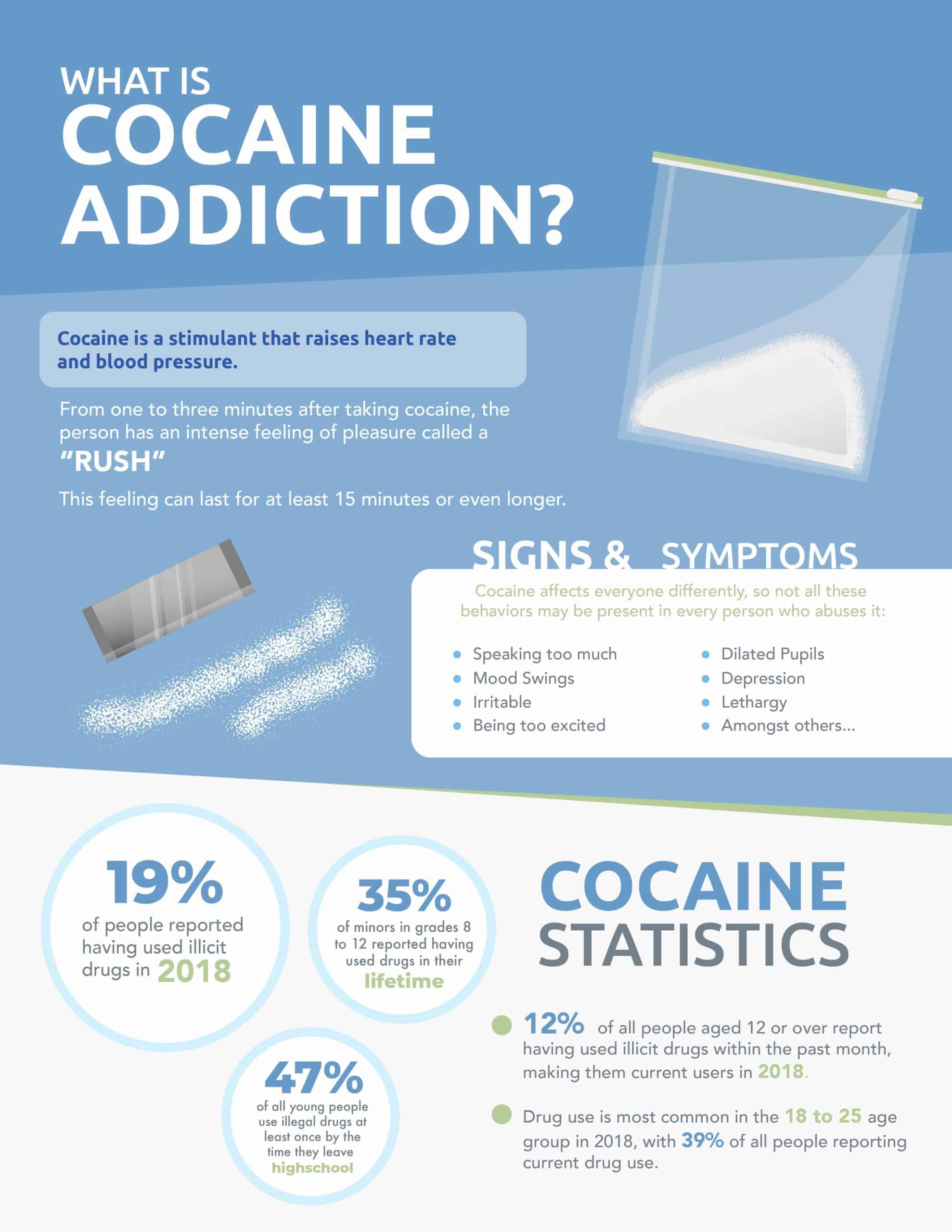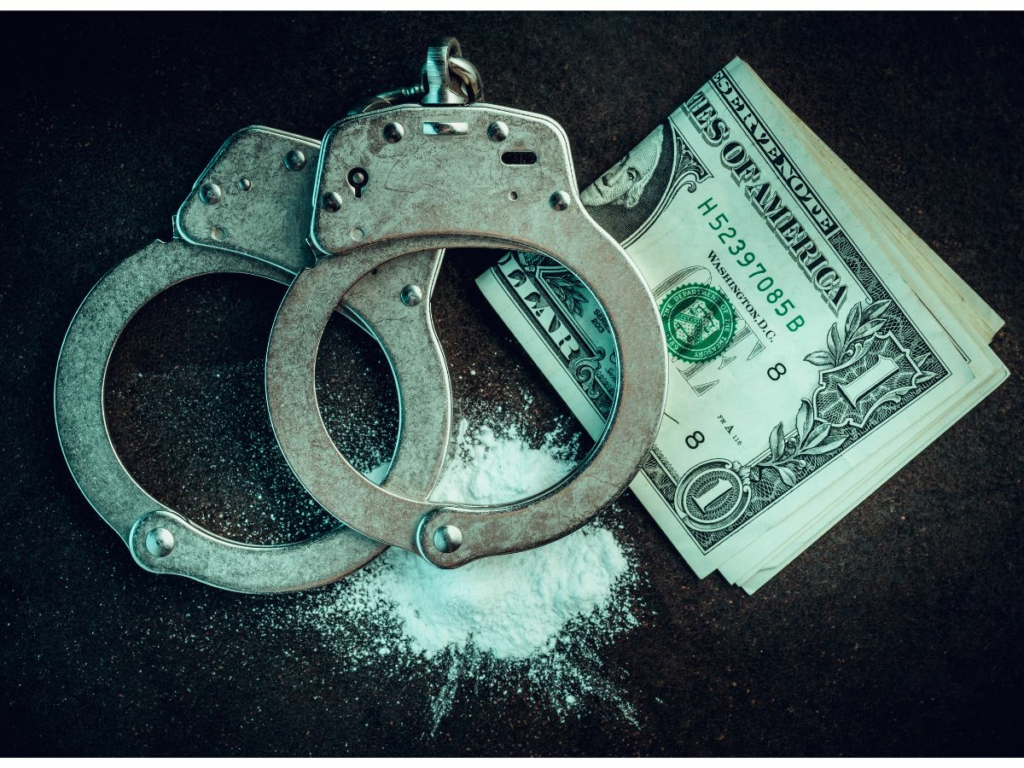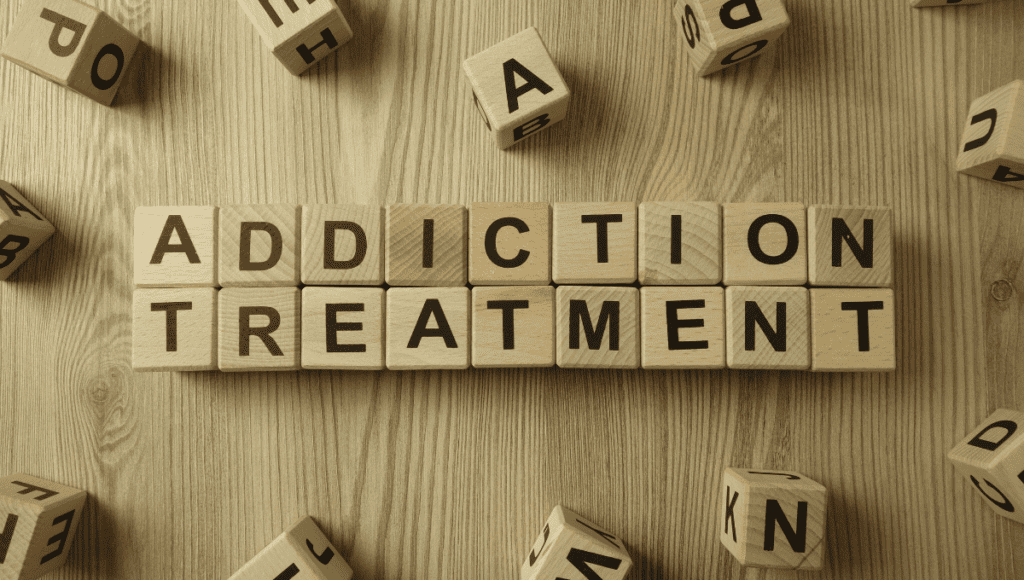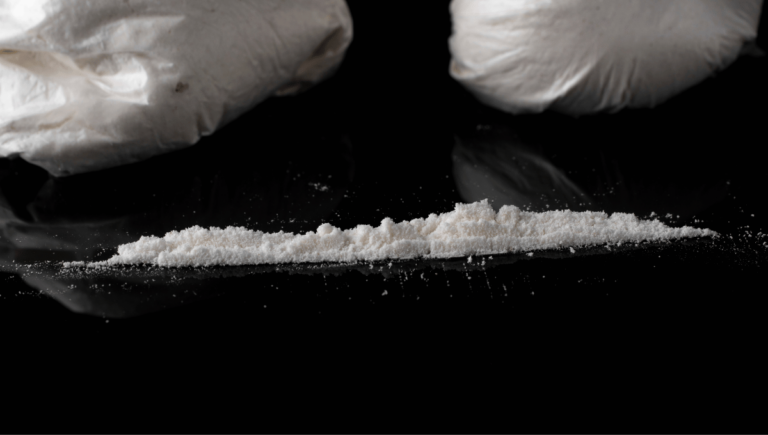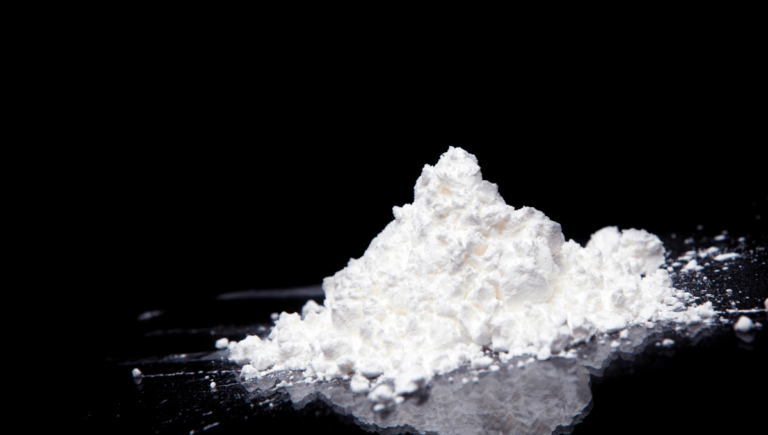Cocaine is a stimulant derived from the leaves of the coca plant, usually sold in a white powder or synthesized into crystals or rocks as “crack.” As a stimulant, cocaine enhances activity in the body’s central and sympathetic peripheral nervous system.
Snorting, smoking, or injecting the drug elicits a brief euphoric, energizing, and exhilarating feeling that lasts a few minutes to an hour, producing an exhilarating experience for the user who may feel enhanced self-esteem, improved physical and mental performance, and higher levels of activity. This is then followed by an unpleasant comedown when the effects of the drug ease off. The high and short-term effects are typically short-lived, which may lead to repeat dosing over several hours or even days. Repeat use in this manner is typically followed by a “crash,” which leaves the user feeling fatigued, anxious, and depressed.
Although cocaine remains legal for medicinal use, its highly addictive potential limits its use as an anesthetic and today it’s mostly used illicitly. The drug is classified as a Schedule II narcotic by the U.S. Drug Enforcement Agency. Despite its high potential for abuse, the drug remains popular: In 2019, 2 million Americans over the age of 12 admitted to using cocaine within the past month.
How Is Cocaine Used?
Users take cocaine in a variety of ways. Cocaine can be:
- Inhaled through the nostrils (snorted).
- Taken orally (by swallowing or rubbing it on the gums).
- Smoked, when the drug is in a crystalized “crack” or freebase form.
- Dissolved in water and injected into a vein.
One of the most dangerous aspects of cocaine abuse is that cocaine dealers often mix their cocaine with other products and some other drugs to increase their supply. The average purity of seized cocaine in the United States is about 50%.
The list of products cocaine can be mixed with is long, ranging from relatively harmless powders like sugar and starch, to more dangerous substances such as veterinary products, methamphetamine (also known as meth), and opioids. In fact, the practice of cutting cocaine with fatal opioids like fentanyl appears to be gaining prevalence in recent years.
Between 2016 and 2017, the number of reports from forensics labs of fentanyl and cocaine increased by 74% according to the DEA. And in 2018, 74% of cocaine-involved fatal overdoses also involved an opioid (a 2.4% increase from the previous year).
Cocaine Effects And Abuse
Cocaine is considered a highly addictive substance, largely because the substance slows down or even prevents the brain from discarding dopamine—the chemical associated with reward, motivation, and emotion. This produces a short-lived but very intense feeling of euphoria, in which long-term use can restructure the brain.
Research shows that cocaine abuse increases stress levels in individuals, suggesting that the drug also interferes with the ventral tegmental area of the brain. The high a single dose of cocaine produces lasts only a few minutes to an hour, encouraging repeated use to keep the “high” going and to avoid subsequent crashes.
Any use of cocaine is considered abuse because it is an illegal substance. How people use cocaine also alters the potency and duration of the effects. The effects of snorting it are short-lived, lasting approximately 15-30 minutes. Smoking or injecting cocaine is more intense but lasts for an even shorter period, about 5 to 10 minutes. Most cocaine users will dose frequently in order to maintain the desired effects. Injecting the drug poses a higher risk of overdose than snorting.
Cocaine abuse is particularly dangerous because continued use can cause strain on the heart. The most common cause of death in frequent cocaine users is stroke or cardiac arrest.
Addiction To Cocaine
Cocaine is a highly addictive drug, but it may be hard to recognize an addiction to it. Craving cocaine and ignoring the consequences that come with it are signs of an addiction.
The psychological addiction is often the hardest part to overcome, although there are undeniable physical symptoms of addiction as well. Someone who uses cocaine frequently will develop a dependence on it, meaning they need to have it in order to feel normal. Once dependence has developed, a tolerance will develop and withdrawal symptoms will occur when attempting to stop the use of the substance. Once someone becomes addicted to cocaine, it can be very hard to stop. This is because cocaine abnormally increases the level of dopamine in the brain, eventually reprogramming the brain reward system.
Jump To Section
Dangers of Cocaine Abuse
Continued cocaine abuse in all its forms carries many dire health risks and adverse long-term side effects to practically every one of the body’s major functions, particularly the body’s cardiovascular system. Cardiac complications include disturbances in heart rhythm and heart attacks, as well as inflammation of the heart muscle, deterioration of the ability of the heart to contract, and aortic ruptures.
People who abuse cocaine may also become malnourished as the abuse of cocaine interferes with appetite and feeding. Users sometimes neglect healthy eating habits when on a binge and the drug reduces blood flow in the gastrointestinal tract, causing ulcers and tears. Cocaine abuse has also been shown to harm the liver and kidneys and can even cause renal failure in extreme cases of constant or prolonged use.
Other life-threatening health risks include:
- Impaired cognitive function, including problems with attention, impulse inhibition, memory, making decisions involving rewards or punishments, and performing motor tasks.
- Severe high blood pressure.
- Acute coronary syndrome.
- Stroke.
- Seizure.
- Hyperthermia, abnormally high body temperature.
In the case of expectant mothers, cocaine abuse poses a high risk of harming the fetus. Cocaine decreases blood flow to the uterus, robbing the fetus of oxygen, and resulting in raised heart rate and blood pressure. Babies born from mothers that abused cocaine during their pregnancy have an increased risk of heart defects, problems with the central nervous system, and even death. Despite the dire risks, there are about 750,000 cocaine-exposed pregnancies each year.
Repeatedly snorting cocaine damages the nasal cavity, causing nosebleeds, chronic runny nose, and in some severe cases loss of sense of smell.
“Crack lung”—the term that describes the type of damage frequently afflicted onto the lung sacks by smoking cocaine—can cause labored breathing, fever, coughing up blood, and even complete respiratory failure.
Injecting cocaine is perhaps the most dangerous method of administering the drug. This is because of the increased risk of overdose as well as the various complications and infectious diseases associated with needle drug use. These include abscesses and skin infections, endocarditis (inflammation of the heart), HIV, and hepatitis.
Cocaine use also carries the immediate risk of overdose. An overdose of cocaine can result in a seizure, heart attack, cardiac arrest, or stroke—and may in most cases prove deadly.
Cocaine Addiction Treatment
Treating cocaine addiction often begins with medical detoxification, which typically lasts up to a week. However, completing detox is only the beginning of rehabilitation treatment. Once a patient completes detox they can begin rehabilitating in an inpatient or outpatient facility. One of the most important aspects of successful treatment is that patients remain in the program for an adequate amount of time, which may be from as little as 30 days or as long as 90 days, or longer depending on the severity of the diagnosed addiction.
Treatment For Cocaine Addiction
- Medical detox: Usually a vital first step toward sobriety, medically supervised detoxification can be performed in a variety of settings, such as hospitals, clinics, inpatient and outpatient facilities, and more.
- Residential treatment: Clients that enter residential treatment centers enjoy the stability and security of a facility that is monitored 24/7 by medical staff.
- Partial hospitalization: Here, clients are given more independence than in residential treatment programs. Partial hospitalization programs may be ideal for patients that are highly motivated to recover and/or have completed more intensive programs.
- Intensive outpatient programs: These programs are designed so that patients visit a facility to receive treatment during the day and return home at night. It’s a good fit for patients that have demonstrated they do not need 24-hour monitoring.
- Transitional Living/sober housing programs: After completing an inpatient or outpatient program, many people benefit from staying in a sober environment, supported by peers and staff that provide medical services, job opportunities, and other resources as they reintegrate.
Evidence-Based Therapy For Cocaine Addiction
Although potential pharmaceutical treatments for cocaine dependence are ongoing, there are currently no FDA-approved medications available for either cocaine detoxification or longer-term treatment of cocaine use disorders. This means the primary treatment for cocaine abuse comes in the form of behavioral interventions and cognitive training.
The Substance Abuse and Mental Health Services Administration (SAMHSA) recommends the following methods of rehabilitation therapy when treating stimulant abuse:
- Motivational interviewing: This is usually the first step in therapy when a patient begins treatment. Motivational interviewing helps patients recognize the ways addiction comes between them and their goals and strains their relationships and circles. The approach is designed to help patients overcome apathy and feel motivated and optimistic about their recovery from the addiction.
- Contingency management: Stimulants are highly addictive because they hijack the brain’s reward circuits—contingency management works to repair these faulty patterns by rewarding positive behaviors unrelated to the substance. For example: attending meetings, taking prescribed medication, and passing drug toxicity exams are all met with rewards.
- Community reinforcement: This method emphasizes the positive behaviors identified in contingency management by building a supportive social network around the patient. This may include relationship counseling, job skills training, recreational activities, etc.
- Cognitive-behavioral therapy (CBT): With cognitive behavioral therapy, patients learn to avoid the obstacles that threaten their sobriety and overcome unhealthy thought patterns. This form of therapy is also crucial for patients that have any co-occurring mental health issues as it helps retrain the mind around addiction.
